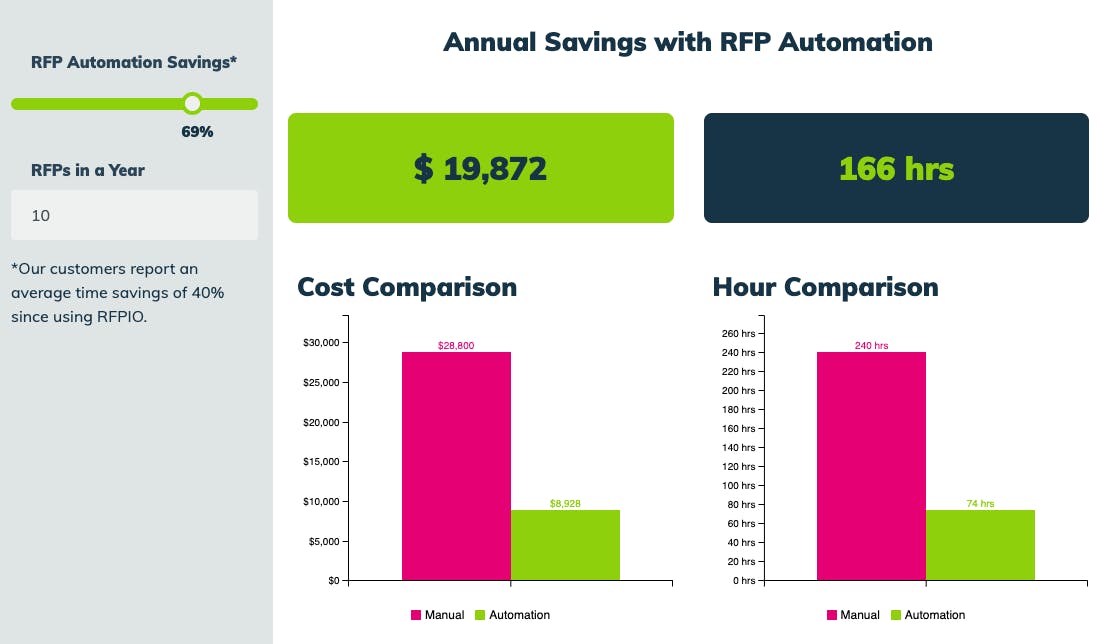The first question will be, “Why do we need it?”
Tell your boss, “Because we can’t afford to gamble our relationships, and our contacts cannot afford to gamble on us.”
Now let’s crack open this fortune cookie and unpack its meaning.
In sales, relationships are everything. Many companies won’t even respond to an RFP if they don’t have relationships established with the RFP-issuing group. Sales professionals protect these relationships like they’re hoards of treasure. Much time and effort is put into cultivating them.
However, the art of the deal has changed over the many years I’ve been in the proposal game. The deal that used to be made via handshake with a high-powered decision-maker now has to be vetted by multiple stakeholders. A single decision-maker won’t gamble their career on selecting a vendor anymore—no matter how strong a relationship exists.
In a highly competitive RFP, multiple prospective vendors will have strong relationships within the RFP-issuing organization. You as a sales organization don’t want to gamble your hard-earned relationship by underperforming at the proposal stage and losing the deal.
In the modern sales landscape, your relationships plus a high-quality proposal will give you the best chance to win the deal. RFP software helps you create proposals that eliminate your contacts’ need to “gamble.”
Now that you’ve explained why you need RFP software, answer these three questions to close the RFP software deal with your boss:
- Which of our corporate initiatives does this investment support?
- What is the ROI and over what time period?
- Why do it now?
Build on these 4 initiatives
Find a way to align RFP software to a stated business imperative. Anything relating to revenue or margin impact is good thing, like the following:
- Revenue growth: Learn how one company doubled its RFP win rate while increasing the number of projects worked on by 10%
- Penetrating new markets: See how Celtra used RFPIO to develop a new enterprise market for its ad creation platform.
- Customer retention: Find out why RFP software is integral to the customer renewal process, especially for SaaS customers.
- Customer expansion: Start locally, then win more business globally with RFP translation capabilities.
Proposal value isn’t always obvious to an organization’s stakeholders. Aligning it with your business imperatives makes it harder for stakeholders to ignore the fact that response management is an essential cog in your sales lifecycle.
Cut to the chase: ROI in less than 2 months*
One of our more impressive recent data points is that Crownpeak saw a 5-6x ROI after using RFPIO for just a few months. If your bosses hang their hats on ROI, then don’t hold back. Calculate your ROI here to include an estimate in your pitch to your bosses.
Efficiency is going to be your primary ROI metric. With RFPIO, organizations increase response management efficiency by 40%, on average. Broken down by role, we are currently seeing the following:
- 63% of salespeople said RFPIO enables them to automate their process, so they can make time to pursue new business with RFPs.
- 71% of marketers said RFPIO helps them centralize company content for easy access.
- Subject Matter Experts (SME) gained back 39% of their daily hours with RFPIO.
RFPIO doubles as a knowledge management tool, which will increase proposal production for sales and reduce the burden on SMEs from legal, IT, security, procurement, contracts and other departments that typically contribute to responses. It’s a cost-effective method to give everyone at your organization access to your Content Library, while also empowering your proposal team to do more.
*On average, based on verified customer reviews collected on G2.

See How Much You Can Save With RFPIO
Why do we need RFP software now?
For you, it’s about leveling the playing field. Harking back to my earlier reference of an RFP where five proposals are delivered and three of them likely have relationships with the RFP issuer…In this case, at least one of the vendors that responds will be using RFP software. They will have completed up to 70% of the RFP using automated features, which means they can put 100% effort on the remaining 30%. How likely are you to win any race when you give your competitors a 70% head start? (Flipside bonus you’ll want to call out to your bosses: On the off chance that you’re the only one using RFP software, then you will have a 70% head start!)
For your bosses, it’s about showing accountability to their commitment to success. If sales is the lifeblood of your business, then a fine-tuned RFP process will be as valuable as a multifunctional CRM, an integrated marketing strategy, a highly responsive customer service system, or any other support system that is already included in your budget.
But are proposals really that important?
YES!
The most common pushback you may need to address is that a proposal is just one part of a complex and lengthy sales process. That is true, and the best proposal in the world will not win you the deal on the spot. But a poor proposal will likely cause doubt in the issuer’s mind. At best, this will extend the sales cycle. At worst, you lose the deal.
A good proposal provides the opportunity to encapsulate everything you have learned during the sales process. RFP issuers never say they’re hemorrhaging clients or cash or taking a beating from their competitors, even though you understand that’s probably why they’re issuing the RFP.
The proposal is your opportunity to document how well you understand the issuer’s underlying needs or pains. You can do it passively (“We help with client retention by…” or “We’ve helped X clients increase revenue by X%…” or “3 out of 4 industry leaders rely on us to….”), but stating your solution to an unspoken problem validates your expertise. Ultimately, that’s exactly why they should choose to work with you.
And the only way to communicate that information to all stakeholders involved in the decision is through your response to the RFP.
Ready your pitch for RFP software
Twenty years ago, I expected RFPs to go the way of the dodo. Because of the Internet, you see. I thought that any generic information an issuer would need about a company could be found on the Internet. I was wrong. RFPs didn’t go away.
The way companies select vendors based on RFP responses is what changed. Out went the single decision maker, in came the decision by committee. The proposal management market is booming ($3.1B by 2024) and RFPIO has more than 1,000 customers only three years after signing its first.
RFPs have grown in complexity and require more customized responses. Part of a response is cookie cutter (another reason you need response management software), but the part of the response that requires more customization to explain your value—the part that shows you an issuer wants to deal rather than just kick the tires—is the part that you need to spend the most time on.
If you see any variation of this question, then you know the issuer is serious and in need of innovation: “What can your company offer that others cannot?

